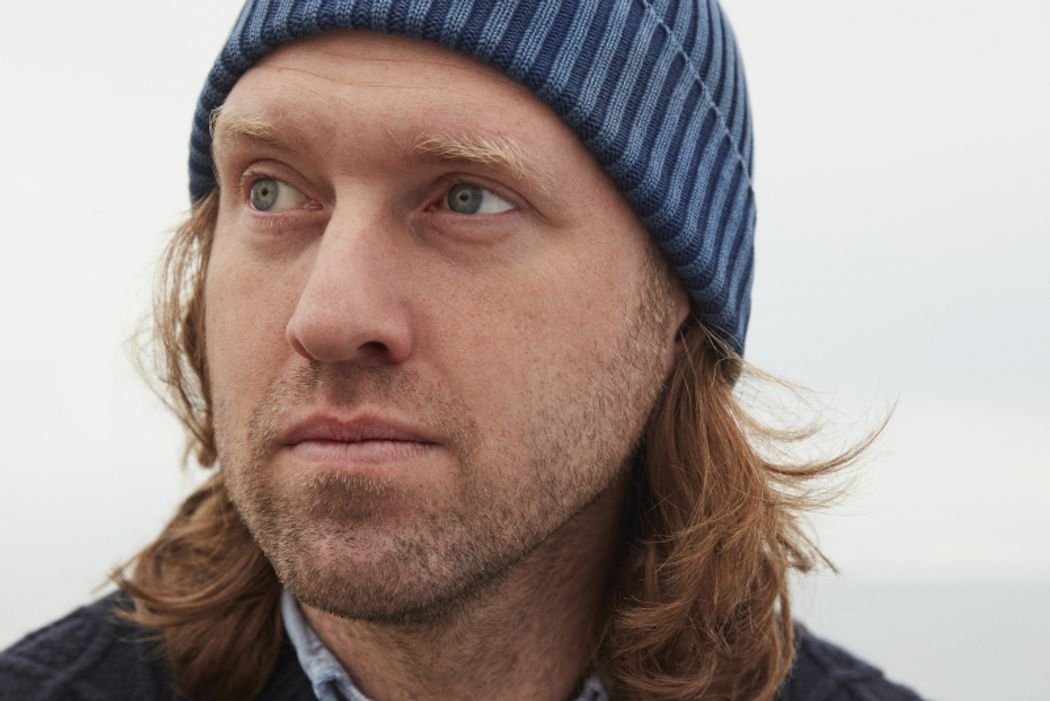20 Minutes With: Soren Brothers, Curator of Climate Change at the Royal Ontario Museum

Originally published by PENTA and written by Michael Kaminer January 31, 2022.
Other museums may have climate consultants or advisers. But the Royal Ontario Museum (ROM) is making history by naming the first Curator of Climate Change in North America—and possibly the world.
In November, the Toronto institution appointed Utah State University environmental scientist Soren Brothers to the position, officially called the Allan and Helaine Shiff Curator of Climate Change, after the local philanthropists and climate activists who donated US$1.5 million to endow the position.
“Sadly, we’re getting free advertising: the fires that are going on today in the western United States, the smoke drifting up to British Columbia, the Arctic ice shelves in Canada that are disappearing,” Allan Shiff told the Globe and Mail last month. (Helaine Shiff passed away in 2019).
Brothers won the job after an exhaustive, months-long search involving more than fifty candidates from around the world. “It’s a new position, and there’s no precedent for it,” he tells Penta from his home-office in Toronto.
His mandate: “Working on ROM programming, exhibitions, and education to raise awareness of climate change and to motivate action on the climate emergency and sustainability,” the museum said in a statement.
A former assistant professor at Utah State University, Brothers, 39, holds a doctorate in limnology—the study of inland waters—from Potsdam University in Germany. A Toronto native, he grew up a few blocks from the ROM.
PENTA: What do you hope to achieve through the job?
There’s a balancing act. You don’t want to just be depressing, and have people lose a sense of wonder and hope. But you also don’t want to sugarcoat and lose the gravity of the situation. I want to listen to people’s experiences. I want to create community resources, and work with the city on climate adaptation and mitigation. I want the museum to help people understand what we’re already doing as a society so they can feel some hope.
I grew up going to the ROM. I didn’t just want to add a layer of “sad” to everything. I didn’t want to take away that feeling of wonder that generations of kids get by going there.
Will you seek out projects by artists, or scientists and professionals outside the museum world?
I’m also a musician, and most of my friends are artists. I lived in Berlin for my PhD. During that time, I got to know the work of [Danish-born, Iceland-based artist] Olafur Eliasson, who does a lot of climate-change-related work. And many artists in my social circle are doing work on the subject. Art can help us grapple with the immensity of the issue. Climate change can be hard to link to emotionally. It’s not easy to wrap your mind around.
Along with Eliasson, which other artists are you hoping to engage?
The bulk of what I want to do is with local artists. MoCA [Toronto’s Museum of Contemporary Art] has a program called GTA 21, spotlighting 21 Toronto artists focused on sustainability topics. I’d like to reach out to some of them. I’ve also had conversations with the indigenous Canadian artist Waasekom Niin, whose work is mostly performative—he canoeed across the Great Lakes. [Acclaimed Canadian photographer] Edward Burtynsky has a relationship with the ROM, and his work has dealt with climate issues.
Does Canada’s history with Indigenous people add a layer of complexity or challenge to your work?
It’s not a complication. It’s an opportunity. Through my own science, I’ve worked with Indigenous communities. They’re deeply invested in improving our ecosystems and lakes. As a North American, recognizing the colonial nature of Canada is fundamentally important for me.
How do you re-engage people around an issue that’s left many of them fatigued?
A lot of the talk we hear is that to save the planet, you have to give up red meat. You can’t fly anymore, and you’ll never see grandma. We see COP26 in the news, and everything looks worse. But Toronto’s greenhouse gas emissions have actually gone down since 1990. We’re making progress. And people are still eating hamburgers here. It has not been the apocalypse because greenhouse gases have gone down. We have to communicate these positive developments.
What was the reaction from other curators and staff at the ROM about your appointment? Did some of them think, ‘Oh, great, one more person to have to review my work’?
[Laughs]. My experience has been much more collegial and less territorial than academia. People are eager to see how their collections can be used.
What would you share about Toronto with a first-time visitor?
My favorite area of Toronto is a weird place called the Leslie Street Spit. It’s an old landfill of construction materials and debris that’s created a peninsula sticking out into Lake Ontario. It’s become an incredible piece of nature. You see all animals and wildlife, from beavers to cormorants to owls. There’s a lighthouse at the end of it with the best views anywhere of the city of Toronto.
For someone who appreciates nature as you do, is Toronto a good place to live?
Toronto has a reputation in Canada as this dead, gray city. But nature here is under your feet. There’s an area called the Don Valley that separates downtown from where I live. You can be on a major downtown artery and just dive into this subterranean world of trees, deer, and creeks.
Is it easier to educate children or adults about the issues you’re tackling?
The challenge comes, I think, in how politicized climate change has become to some. I’d anticipate generally no major difference between educating children and adults, though I might expect that some adults might be more difficult to reach if they’re coming to the museum with preconceived notions that they’re not open to scrutinizing.
This article has been edited for length and clarity.